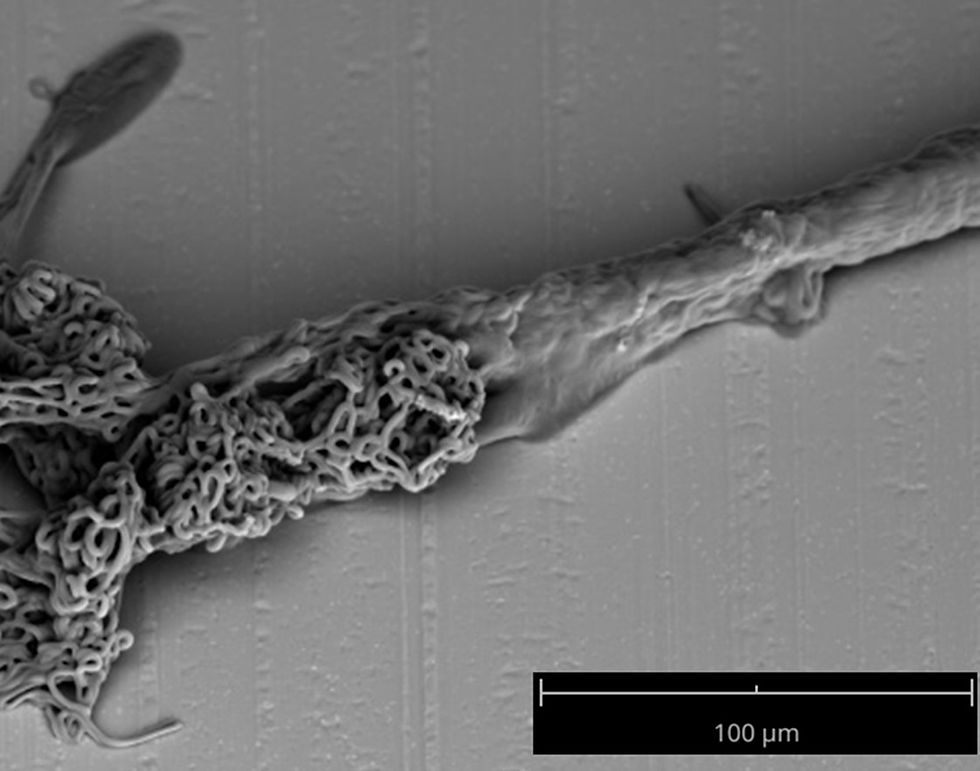Dr. Tan was invited to present at the AAAS-IUSE Summit
- dezhuotan
- Jun 1, 2022
- 2 min read
Updated: Sep 9, 2022
Teaming Engineering Students with Medical Students - Interdisciplinary Learning for Biomedical Innovation

Dr. George Tan and Dr. Sudip Parikh, the CEO of the American Association for the Advancement of Science (AAAS), at the AAAS-IUSE Summit.
The AAAS-IUSE initiative is funded by the NSF Improving Undergraduate STEM Education Program: Education and Human Resources (IUSE: EHR). This initiative supports faculty, students, and the greater undergraduate STEM education community by disseminating research and knowledge about STEM teaching, learning, equity and institutional transformation.
The novel project-based learning strategy not only improved students’ abilities of independent research but also enhanced their abilities for effective teamwork and communication in a multidisciplinary environment.
Driven by the need for biomedical innovation and its multidisciplinary nature, engineers from all disciplines have been contributing to the advance of medical technology. However, for undergraduate education, it is challenging to equip non-BME students with the necessary skills and domain knowledge for biomedical research and development in short term.
Undergraduate Education for Biomedical Innovation
Dr. Tan proposed a senior-level one-year collaborative project-based course series titled “Biomedical Innovation” in which Industrial Engineering students work with medical students to provide engineering solutions for real-world medical problems. Instead of providing students with comprehensive knowledge in biomedicine, this course aims to cultivate students’ innovation and research skills based on personal interests and expertise.
The anonymous self-efficacy surveys showed that the collaborative learning experience significantly improved students’ A). background research skills, B). critical thinking and ideation, C). project management and teamwork, D). technical communication skills, and E). interest in medical engineering. This teaching strategy is designed to be scalable for larger STEM communities across disciplinary lines to accelerate the quality and effectiveness of the education of engineering for healthcare.



Comments